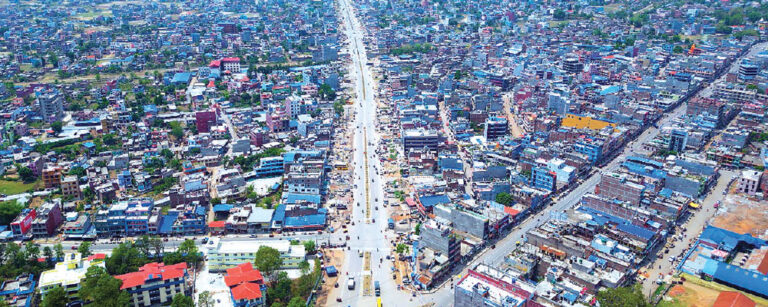Welcome to the Salyan District, a hidden gem tucked away in the lush heartlands of Nepal. It’s a place where nature’s artistry and cultural tapestries come together to weave an enchanting story. With a tapestry of vibrant traditions, breathtaking landscapes, and untold historical tales, Salyan invites the curious traveler to discover its secrets.

Embracing the Heart of Nepal
Tucked away amidst the lush landscapes of the Mid-Western Region of Nepal, the Salyan District is a hidden sanctuary of serenity and natural grandeur. As you traverse the serpentine roads leading to this secluded haven, you’re greeted by a panorama of terraced fields, each a shade greener than the last, cascading down the hills like an emerald waterfall frozen in time. The district is flanked by Rolpa to the east, Dang to the south, and Dolpa to the north, each with its own vibrant stories and natural wonders that add to the allure of the region.
The essence of Salyan can be felt through its weather, a blend of the mild and the tropical. Its high hills and lower plains knit together a climate that’s as diverse as its people. Throughout the year, Salyan is dressed in a kaleidoscope of climatic patterns; while the lower areas enjoy a warmer tropical touch, the higher altitudes relish a cooler temperate grace. With such variety, the district is a year-round festival of seasons, offering a retreat from the sweltering heat for summer visitors and a cool embrace for those escaping the chill of winter.

As the monsoon rains retreat, they leave behind a refreshed earth, setting the stage for a mosaic of festivals. The air is crisp and the skies are a clear azure, perfect for witnessing the celebration of Dashain and Tihar. As the festivals approach, Salyan bursts into a symphony of colors and sounds, with the locals donning vibrant attire and the air filled with the fragrance of marigolds and incense. It’s during these times that the cultural heartbeat of Salyan is most palpable, as communities come together to celebrate the victories of deities over demons, a testament to the district’s deep-rooted traditions and beliefs.
But Salyan is not just about its lush topography and cultural festivities. The district is also a place where the air is fresher, the water is clearer, and the pace of life is just a little bit slower. It’s here that you can truly unplug from the digital ties of modernity and sink into the rhythms of nature and village life. For the weary traveler, Salyan offers a balm for the soul and a chance to reconnect with the earth beneath your feet and the sky overhead—a truly grounding experience that’s becoming increasingly rare in the hustle of the 21st century.

The Cultural Canvas of Salyan
Step into Salyan, and you’ll step into a living, breathing tapestry of culture and tradition. The Magar community, known for their gallantry and historical significance in Nepal, make up a significant part of Salyan’s cultural fabric. Their dialects, customs, and vibrant dances contribute to the district’s diverse cultural identity. Alongside them, the Nepali language binds the district in a common thread, serving as a bridge among the various ethnic groups that call this region home.
The district is not just a melting pot of ethnic groups but also a testament to Nepal’s complex social mosaic. Here, the Tharu people, indigenous to the Terai region, carry on their rich cultural heritage, their distinct traditions offering a window into a way of life that has thrived alongside nature for centuries. The high-caste Brahmins and Chhetris, with their own set of rituals and lore, add to the district’s societal layers. Their festivals, customs, and daily practices provide insights into the Hindu way of life that pervades much of Nepali culture.
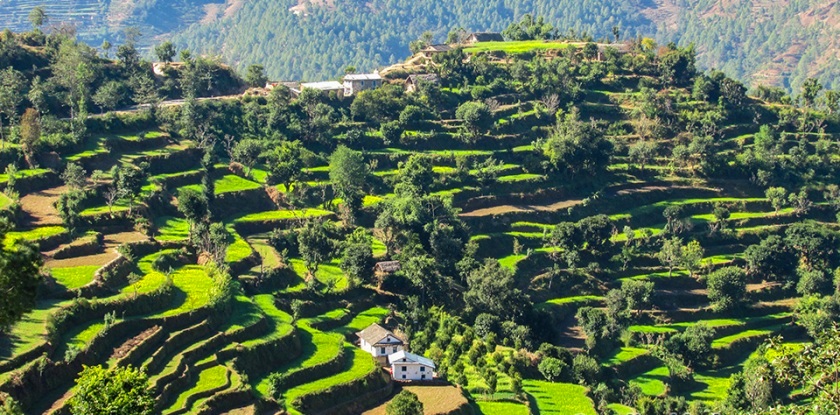
This convergence of ethnic backgrounds creates a vibrant social landscape, where stories and folklore are passed down through generations, keeping the ancestral wisdom alive. The exchange of cultural nuances among these groups weaves a rich tapestry that is both varied and unified in its expression of human experience. Each community, with its unique attire, cuisine, and festivities, contributes to the colorful cultural montage that is Salyan.
The literacy rate in Salyan is a beacon of progress, indicating the value placed on education in this region. Schools dot the landscape, and with each passing year, more children from various ethnic backgrounds are seen walking the path to their classrooms. This commitment to education signifies hope and ambition, revealing a society that, while deeply rooted in tradition, also has its gaze set firmly on the horizon of development and growth.
Education in Salyan is more than just reading, writing, and arithmetic; it’s about instilling a sense of pride in one’s heritage while fostering an understanding of the wider world. The increasing literacy rate is not merely a statistic but a narrative of empowerment and change, bringing with it the promise of a future where the stories of Salyan’s ancestors are told with the same reverence by a new, educated, and enlightened generation.
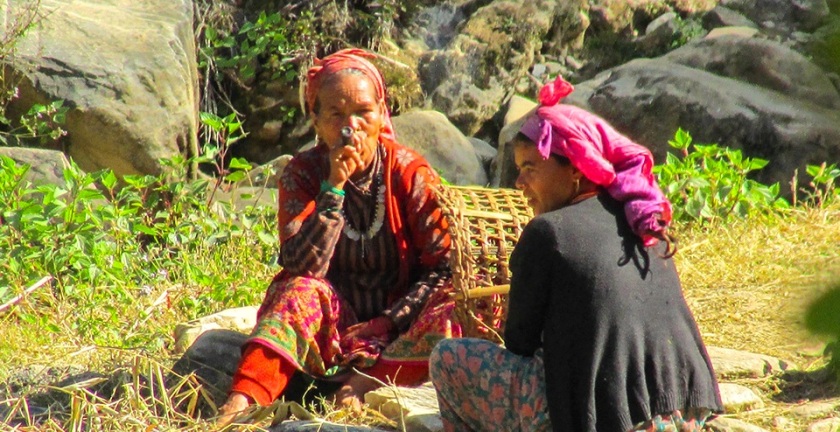
The Administrative Heart: Salyan Khalanga
The lifeblood of Salyan District flows through Salyan Khalanga, the administrative nucleus that beats with the stories and daily lives of its inhabitants. As the district headquarters, Khalanga doesn’t just administer the region’s affairs; it encapsulates the essence of governance and community spirit. This central town is where decisions are made, where the future of Salyan is shaped through the voices and votes of its residents.
The administrative landscape of Salyan is characterized by its seven municipalities and rural municipalities, each with a distinctive character and role. Notable among them are Bagchaur, with its bustling markets and vibrant festivals, and Kalimati, famed for its lush landscapes and agricultural produce. These municipalities are the lifelines of the district, facilitating infrastructure, education, health, and development projects that propel Salyan towards progress while honoring its roots.
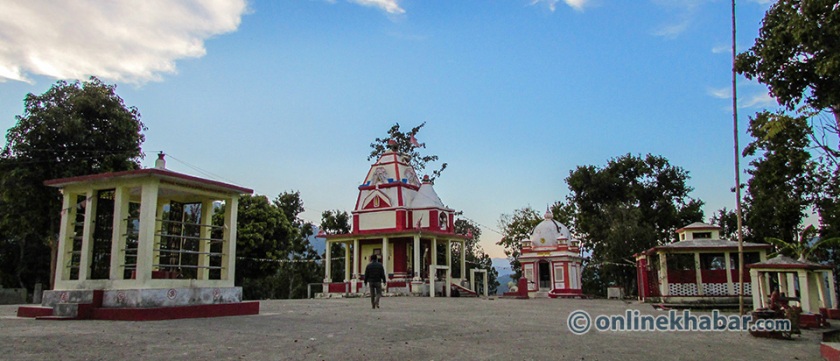
In Khalanga, the intermingling of rural tranquility with administrative buzz creates a symphony of contrasts. Government offices stand alongside rice paddies, while the chatter of marketplaces rises above the hushed deliberations in municipal buildings. It’s a place where the future is plotted on maps and in meetings, yet it remains endearingly grounded in the simplicity of rural life.
Local governance in Salyan Khalanga is as much about the administrative duties as it is about fostering a sense of community. The elected representatives, many of whom hail from the local populace, serve not just as officials but as custodians of the district’s heritage and aspirations. They navigate the challenges of development while ensuring that the rhythms of traditional life continue unabated.
Here in Khalanga, the youth debate in the town squares, seeking to influence the district’s trajectory, while elders share wisdom over cups of steaming tea. This blend of youthful energy and ancestral knowledge creates a dynamic atmosphere where tradition and modernity coexist. The administrative heart of Salyan thus pulses not just with the day-to-day running of a district but with the collective heartbeat of its people, each contributing to the narrative of this vibrant Nepali region.

Nature’s Canvas: From Hills to Rivers
The topography of Salyan District is an artist’s dream brought to life, a seamless fusion of altitude and attitude, where the geography itself narrates a story of breathtaking beauty. The district’s rolling hills, swathed in a tapestry of emerald forests, present a diverse palette of flora that captures the imagination. From the foothills shrouded in subtropical foliage to the highland whispers of pine and rhododendron, the variation in vegetation is as dramatic as it is delightful.
Meandering through this natural work of art is the Babai River, a lifeline that sculpts the landscape with its persistent ebb and flow. This river doesn’t just support the region’s diverse ecosystems; it is the very brushstroke that defines the valleys and gorges of Salyan. Its banks are more than just geographical features; they are the cradle of civilization, sustaining agriculture and the many lives that depend upon its generous waters.

In Salyan, nature is an ever-present tutor in the art of tranquility and beauty. Hiking trails lead to secret waterfalls and secluded glens, each step a potential discovery of rare birds or exotic wildlife. For the adventurous soul, these hills offer not just a hike but a journey through a living gallery, where each viewpoint is a frame, each panorama a painting, and every experience is a cherished memory in the making.
And then there are the rivers, not just the Babai but also its tributaries, each contributing to the canvas of Salyan. These watercourses, like veins of life, irrigate the fields, shaping the district’s agriculture and the daily rhythms of those who cultivate the land. Here, the confluence of water and earth doesn’t just give rise to crops; it gives rise to culture, traditions, and the collective consciousness of a people intimately connected to their environment.
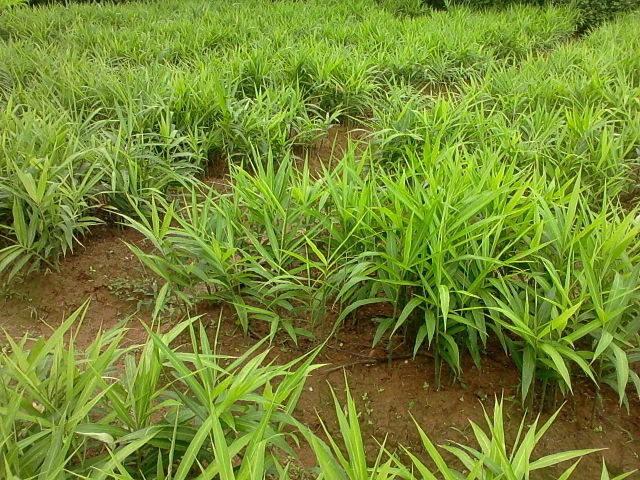
The natural splendor of Salyan is not merely to be viewed or photographed; it demands interaction. It’s in the cool mist of the morning, the soft murmur of the river at dusk, and the myriad hues of green that shift with the sunlight. It is a canvas that is both timeless and ever-changing, a space where nature and humanity have danced together for millennia, creating a symphony of ecological and cultural harmony that echoes across the mountains and valleys.
Places to Visit: Salyan’s Spectacles
The district of Salyan is not just an expanse of greenery and rivers; it is also a treasure trove of destinations that call to travelers and pilgrims alike. The variety of spectacles range from natural wonders to places steeped in deep cultural and religious significance. Below are some must-visit locales that promise an enriching experience.
- Kapurkot’s Panoramic Views: Kapurkot, a marvel perched in the Salyan hills, offers a vantage point that affords panoramic views which are nothing short of ethereal. Here, the horizon is a kaleidoscope of colors at dawn and dusk, with the sky touching the earth in a soft embrace. This is a place where photographers find their muse and nature lovers find their sanctuary.
- The Historic Sisne Himal: Dominating the skyline, Sisne Himal, also known as the ‘Murderer Mountain,’ is a dramatic presence in the Rukum district, part of which is visible from Salyan. Its history is as formidable as its peaks, and it provides a backdrop for tales of adventure and the indomitable spirit of the locals. For trekkers and those looking to test their endurance, the mountain is both a challenge and a reward.
- Sharada Bhagawati Temple: A nexus of spirituality and architecture, the Sharada Bhagawati Temple is a sacred place that draws devotees and admirers in equal measure. The temple, dedicated to the goddess Sharada, is not only a place of worship but also a bastion of cultural heritage, symbolizing the confluence of faith and the arts. Its festivals are vibrant, and its ambiance is a soothing balm to the soul.
These sites are a mere glimpse into the myriad of experiences Salyan District has to offer. Each place, with its unique appeal, tells a part of the story of this diverse region, beckoning the curious and the reverent to explore and connect with the land and its lore.

Frequently Asked Questions
Autumn, from September to November, is ideal for clear skies and vibrant festivals.
Do try the Dhido and Gundruk, a true taste of Nepalese soul food!
‘Namaste’ for greetings, ‘Dhanyabaad’ for thanks, and ‘Tapaiilai kasto cha?’ to ask someone how they are.
Yes, several homestays and lodges practice sustainability.
Participating in eco-tourism and supporting local crafts are great ways to contribute.

As our journey through the Salyan District comes to a close, we’re reminded that some places carve a permanent niche in our memories. It’s more than just a destination; it’s a vivid narrative that continues to unfold, inviting travelers to become a part of its ongoing story. Whether you seek the tranquility of nature or the warmth of cultural connections, Salyan is a chapter you’d want to revisit in the travelogue of your life.





